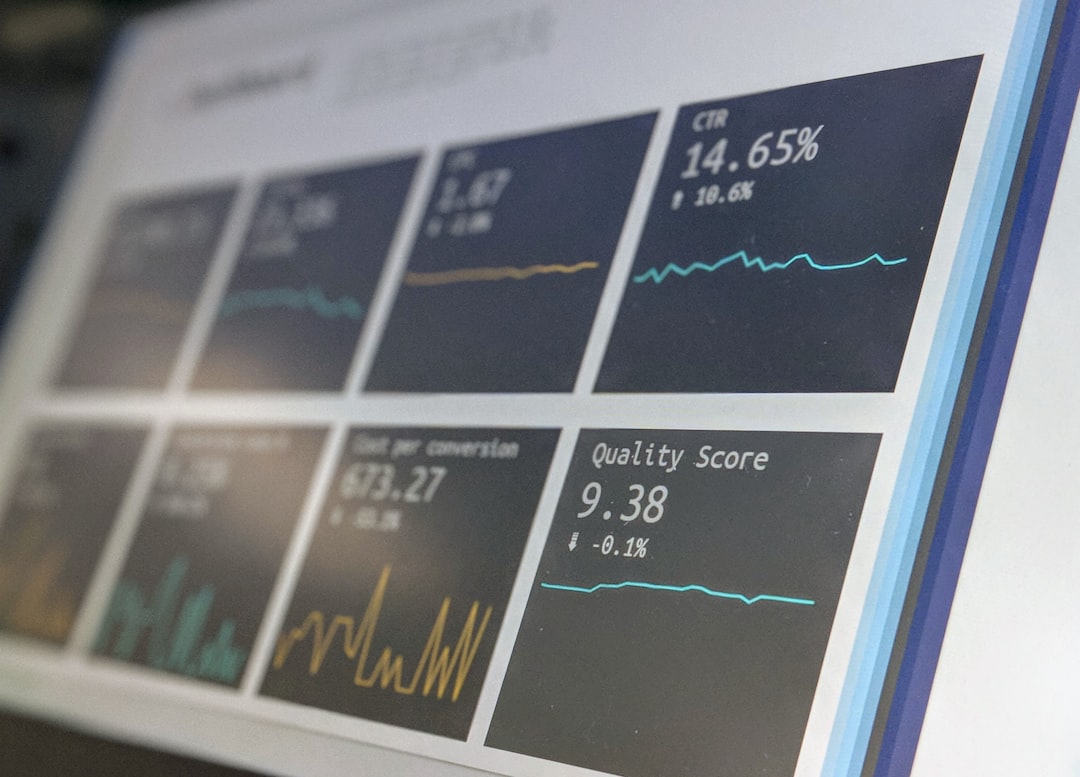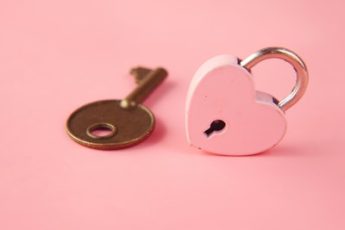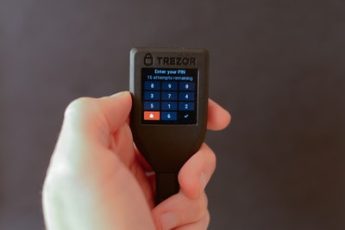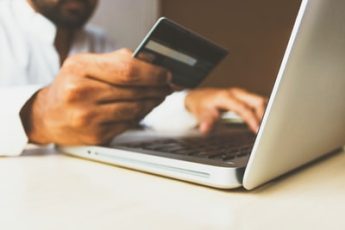
If someone has not explained it to you or you haven’t heard about phishing (identity theft) and it’s horrors then please pay close attention.
A very astonished client found out way too late that their teenage daughter had received an email that claimed to want to verify her parents credit card information and that they were an authorized Mastercard representative. She had used mommy’s card before and new where it was so she clicked on the link, answered a few questions and bam a $7400 charge on their card. The good thing is today the bad guys are stupid and the card issuing banks call you and ask you to log in to your account so they can reverse the transaction and obviously this was a huge mistake. However, at least my clients and I were able to get on the phone with the representative and explain to her that she made a fraudulent purchase.
So, what can you do to protect yourself? I’d start by keeping you browser on the most current version of your operating system. We all have version issues and crashes from time to time so it’s better to be safe than sorry. Also, pick a largely known brand for your operating system like McAfee or Norton and avoid anything with XP in the name. There’s nothing like seeing the ASCII art on your screen while typing out a message following a crash as you know it’s important information is being sent safely between the computer and your bank.
Next, make sure you have a reliable up to date anti-virus program running on your computer. McAfee is a great brand and one of the best out there. Make sure you update it at least once a week and pick a branch that has the “Able to Make Safer Choice” logo on their website.
Last, make sure your laptop is password protected. This is an old fashioned idea but it is still best practice to make sure someone can’t just come into your machine and look around as they normally would with your login information. Some laptops these days (and for a reason that is different from when I started working in the DOS industry) have fingerprinting, biometric software installed and a password interface.
In any case, a good passworduristic will protect your login information by combining with your finger tracks, face recognition and other biometric processes to generate a unique password each time you access your computer.
There are many password tool software that can be installed on your computer and you should research them thoroughly before downloading and installing on your computer.
After you use them, you more than likely will get frustrated because so many attempts to crack your password are blocked by the password you have on file with the software. That is why I use a password generator and change my passwords quarterly.
In addition, you want to use items like your mobile phone, your PDA or your smart phone to help with the difficult task of storing your passwords because these items have a small memory and can only keep so many passwords in memory at one time.
Finally, you should change your password more often as the longer the better. My favorite number is 14 because it has 14 letters, numbers and characters. The longer the better than the number 8, which has only five letters, numbers and characters.
The most important number of all is YOU. Personal information isn’t passed on unless you do it. You have to know what you are doing and why you are doing it if you want to avoid problems.













